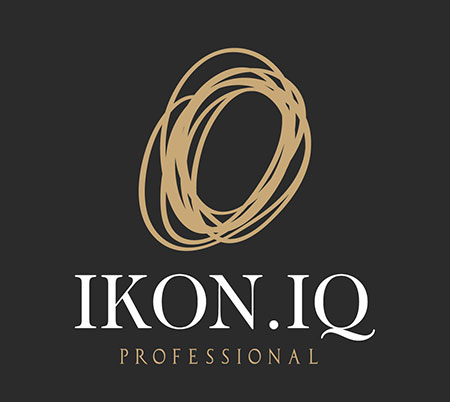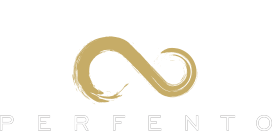The Hidden Dangers of the “Russian Manicure”
‘Beauty is pain’ is the well-known quote from Voltaire’s play, La Bégueule (the prude woman). This manifests when women are ready to sacrifice everything on the journey to aesthetic perfection.
The ‘Russian’ manicure – a variation on high-speed microderm- abrasion with e-files, is seen as an effective contemporary method of removing unwanted living skin as part of the preparation process of a nail service. It is seen to negate the need for clipping, removers or wooden sticks. However, there are many concerns surrounding this method.
Frankly speaking, we should not remove living skin surrounding the nail plate at all, except in cases when excessive skin or hang nails can become a source of infection. This skin is a secure and strong guard to the most sensitive and fragile structure – the nail matrix, which is the only layer of germinative cells. Its function is to produce keratin, the main substance of the fingernail. The nail matrix is so sensitive that factors of temperature, even insignificant pressure, minor injuries and skin damage, lead to inflammation and may impact the formation of the normal healthy keratin. There are also plenty of internal factors, such as health and skin conditions, which can influence the process too, including diabetes, psoriasis and lung disorders to name a few. The incorrect synthesis of the nail keratin always results when the nail grows – changes in shape, structure, texture, colour or even separation from the nail bed (onycholysis) are all symp- toms. The sad news is that all these results are unpredictable yet can be seen immediately or months after chemical, biological or mechanical traumatisation. Everything we see on our nails is the result of the matrix’s function. In fact, when we talk nails we should consider the matrix.
Two years ago, my team completed a study of more than 300 cases of volunteers who regularly undertook a manicure using this technique. The study continued for 38 months before we came to shocking results. We found 91% of volunteers suffered symptoms of a damaged nail matrix or nail bed. Symptoms in- cluded all signs of matrix/nail dystrophy from splitting, horizontal ridges and slow nail growth to painful neuropathy and high sensitivity. Less than 9% of cases were determined as safe and ‘successful’. It was also discovered that infectious inflammation is a common issue with clients who have a compromised immune system – diabetes etc. This type of inflammation occurs even when the manicure is performed with sterilised implements. Microscopic cracks in the skin that are done during this type of manicure are inseminated with microflora during the few hours after the procedure. After analysis, we concluded that the source of danger from using this technique include:
-
Vibration – Even imperceptible vibration injures cells and induces the local immune response.
-
Traumatisation – Damage, overfilling or invisible (to the naked eye) micro injuries even when a nail tech is sure his/ her technique is controllable.
Altogether, these two issues induce acute or chronic inflammation and a syndrome of repetitive trauma, which leads to nail dystrophy. Did I mean ‘inflammation’? Yes, it was not a figurative expression. We get used to thinking that inflammation is something unpleasant, painful and related to infection. Intrinsi- cally, inflammation is not a synonym of infection, but a part of the human immune response and protective reaction. It occurs every time living cells (sometimes dead ones) are damaged. The injured cell releases an alarm signal in the form of special molecules – cytokines. Then immune cells get a call and with blood flow, travel to the place where the organism has been injured.
Along with the local immune cell, they begin a real battle against the physical, chemical agents or microorganisms. Normally, inflammation leads to the healing and renewal of the tissue. However, inflammation may end with either a positive or negative outcome. Positive effects used in many cosmetic procedures from chemical peels to pedicure initiate this reac- tion to renew skin. The negative includes ineffective inflammation when for instance, microorganisms overcome the battle or when the process turns into prolonged or chronic inflammation and cytokines and toxins, factors of inflammation continuously attack normal tissue, preventing tissue repair. Acute inflamma- tion is usually a short-term reaction accompanied by redness, itching, swelling and pain while chronic inflammation may be invisible at the start and followed by deformity of the organs or tissues, which can only be observed over time. This is the case with the ‘Russian’ manicure, when constant repetitive traumati- sation results in chronic local inflammation of the matrix area, nail bed and surrounding skin. This repetitive trauma causes chronic inflammation and does not allow for physiological tissue recovery. The skin’s turnover cycle is approximately 30-35 days, however manicures can be performed more frequently. It’s no wonder that this technique leads directly to various nail symptoms and undesirable conditions. Many are postponed and become evident only months after a single procedure.
The constant mechanical attacks performed on the top layers of skin pass alarm bell messages to underlying cells of the nail matrix using the chemical language of cytokines to activate immune response. Consequently, the frequent activation of the local immune system means chronic inflammation, which in turn affects matrix cells.
A deep understanding of the processes in live skin helps us develop correct techniques for any manicure system and requires special knowledge, training and understanding of what happens to the skin and nails while under attack from the vibrating, sharp bits of e-files. Regrettably, we have not found a safe mode for this technique. E-files are magnificent tools, so let’s use them for important occupations, not the manicure – as in untrained hands they can be dangerous. Knowledge and advanced edu- cation are the only way to make this service completely safe. Let’s argue with Voltaire and prove it to our clients – beauty can be painless.
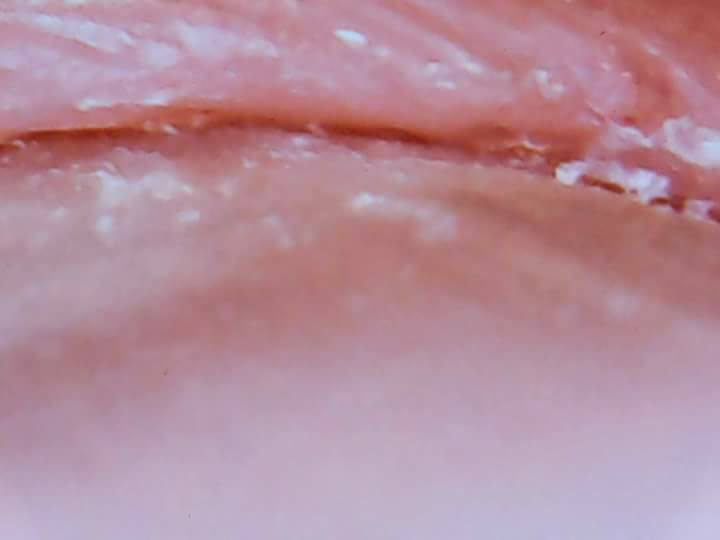
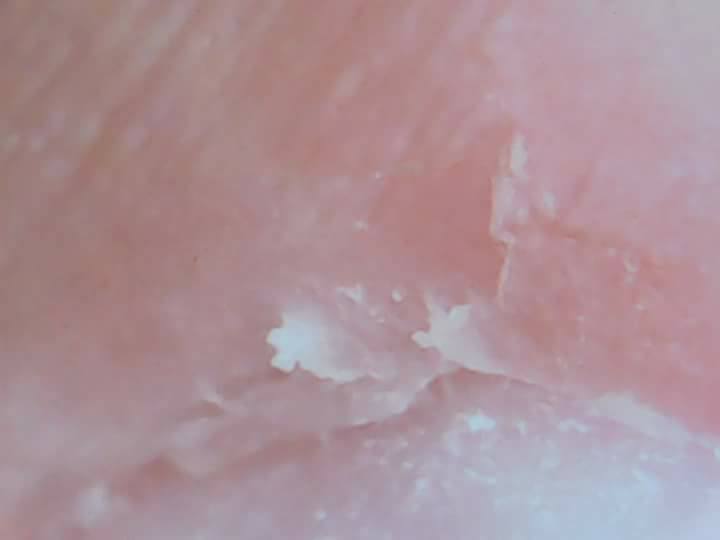
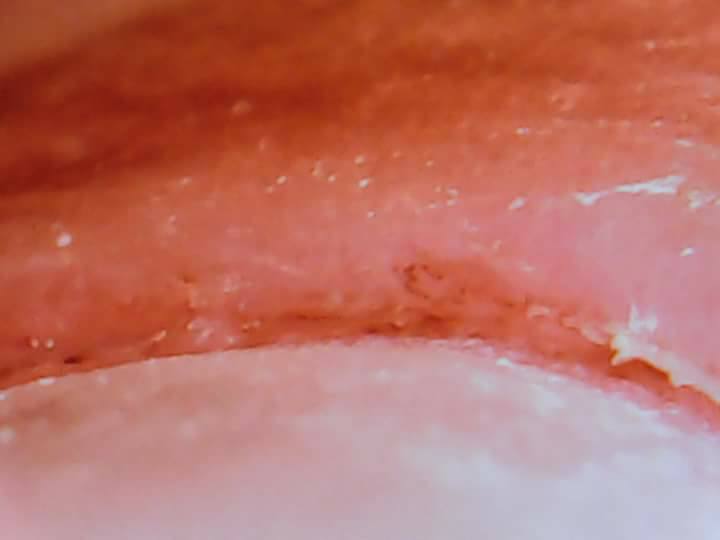
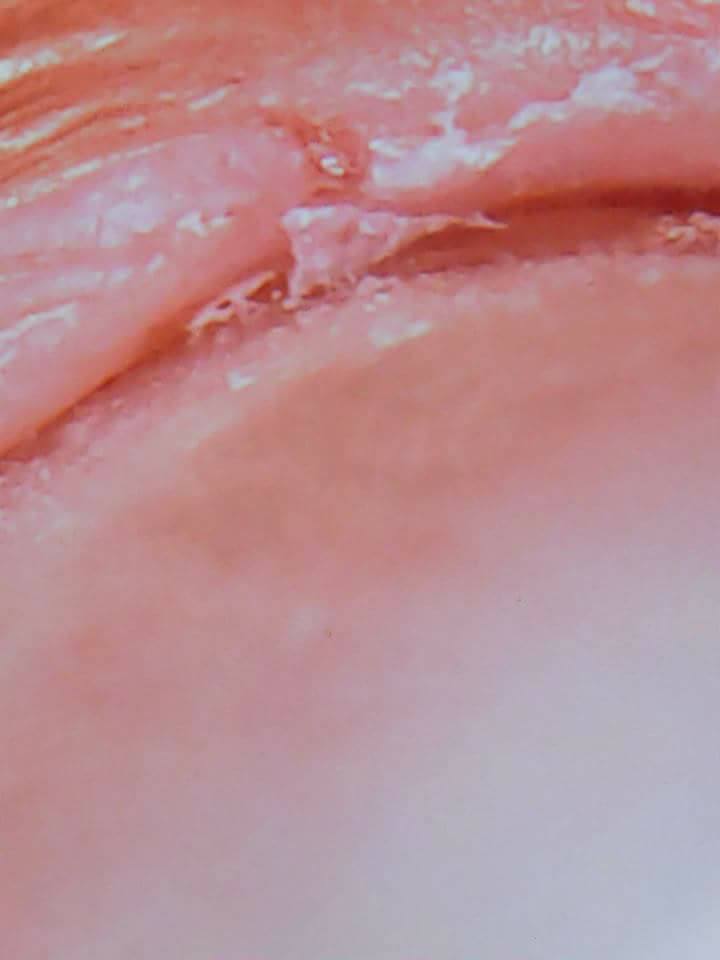
Article first published in Scratch magazine, January 2018
Author:
Vitaly Solomonov, International nail judge, dermatologist/ cosmetic chemist & CEO at Cleanestiq Labs LLC, USA
